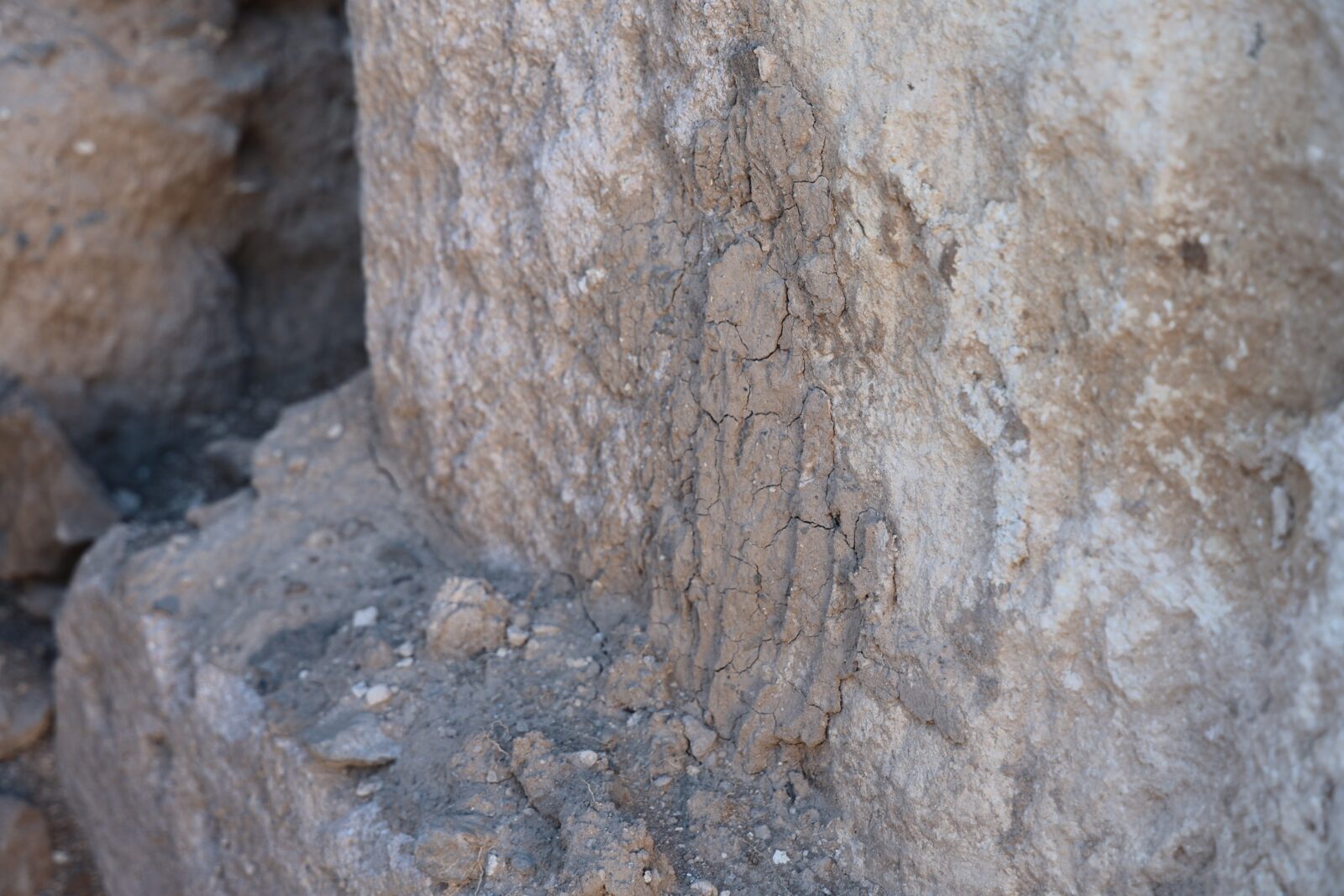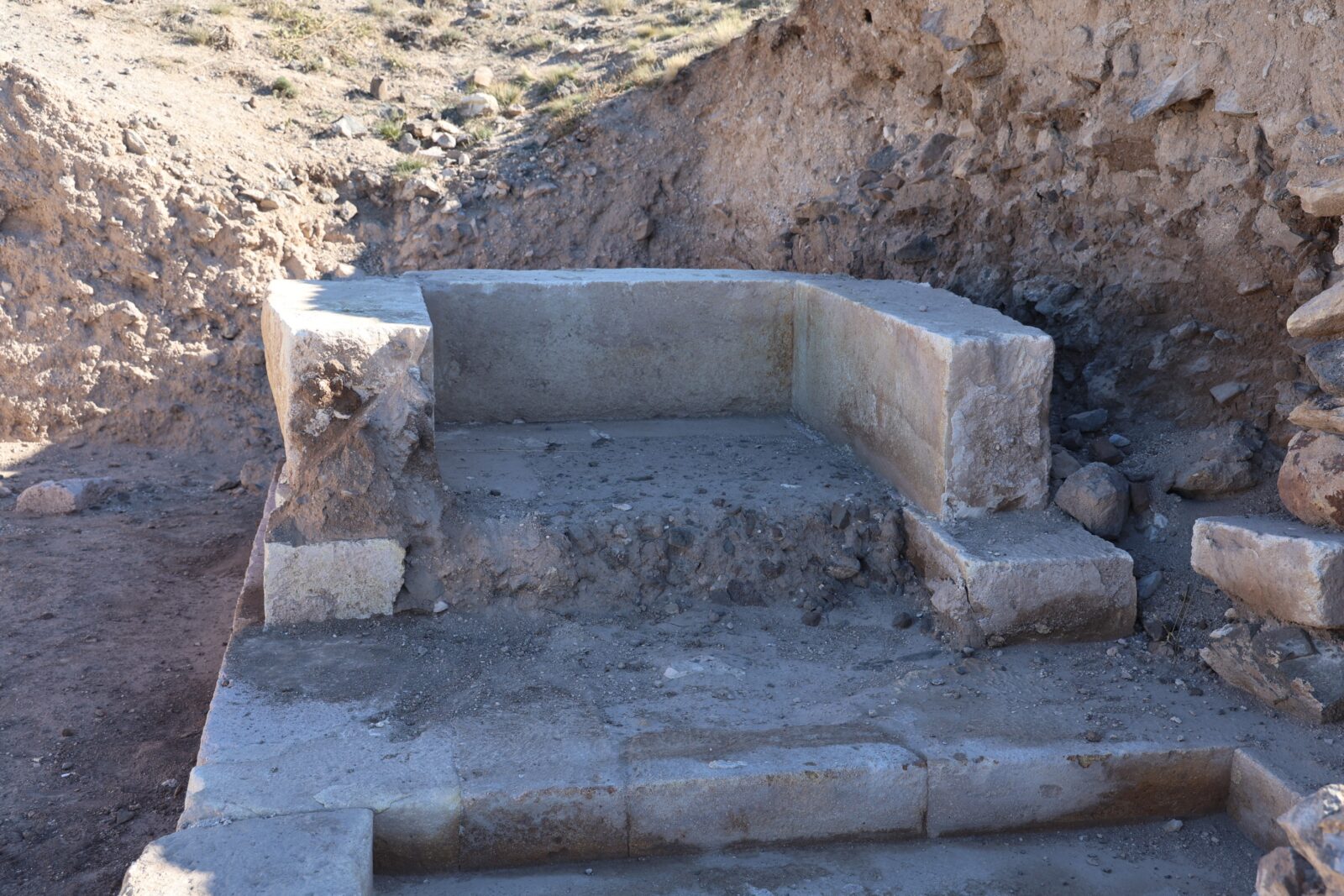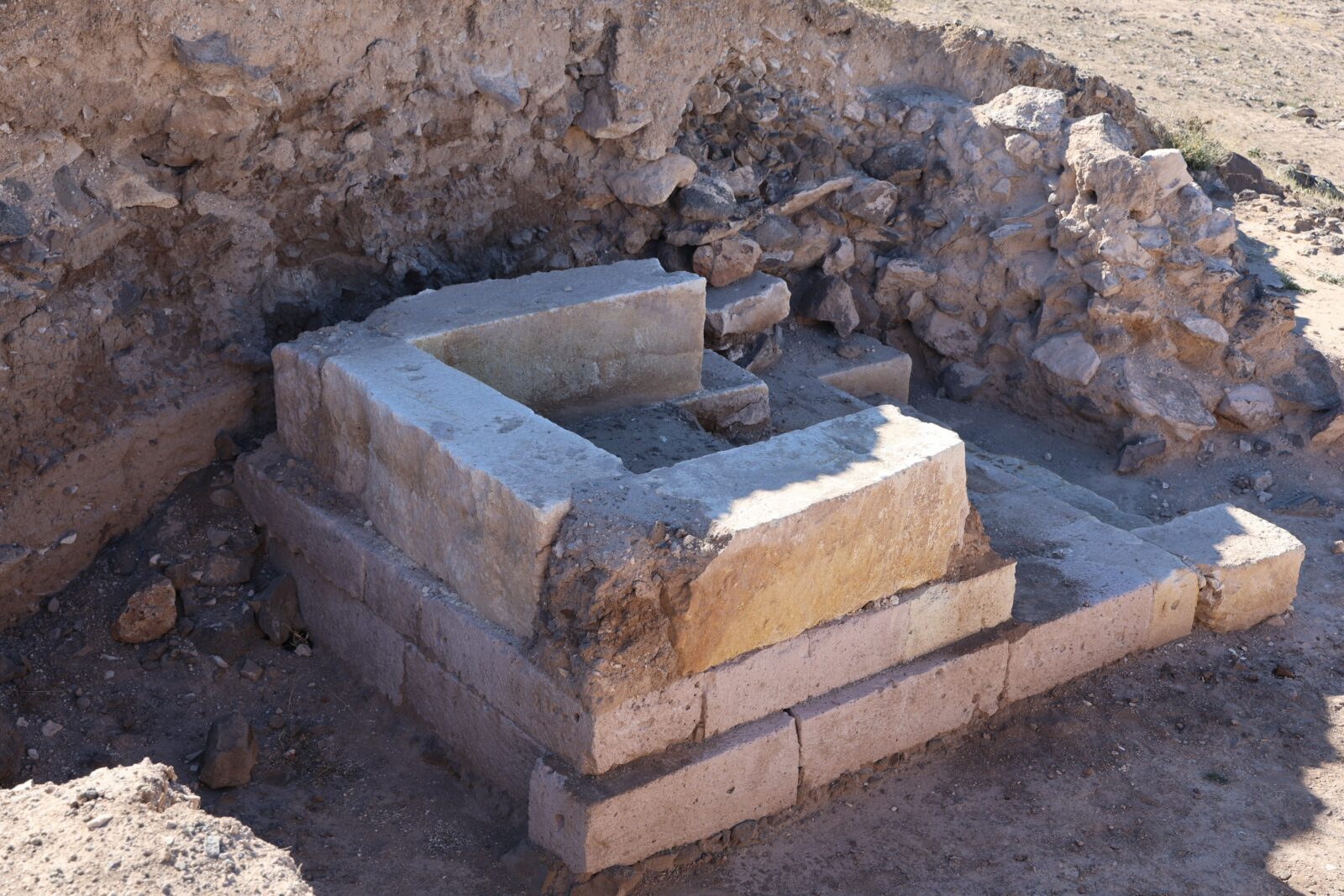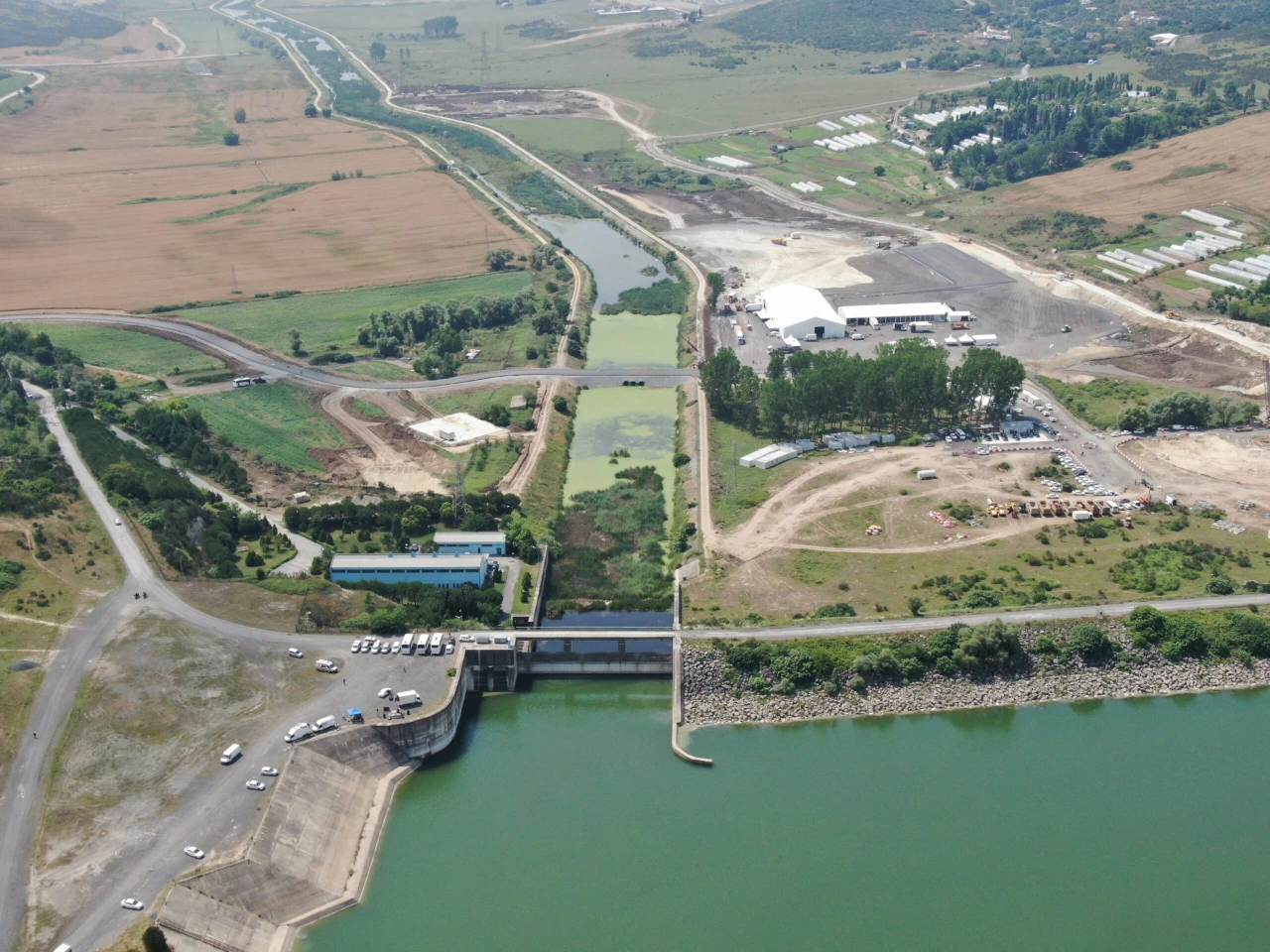2,200-year-old fingerprints found in Cappadocia’s first tumulus excavation
 In the first-ever scientific "tumulus" excavation conducted in the Cappadocia region, 2,200-year-old fingerprints dating back to 200 B.C. were found on the plaster used in the tomb chamber, Türkiye, November 11, 2024. (IHA Photo)
In the first-ever scientific "tumulus" excavation conducted in the Cappadocia region, 2,200-year-old fingerprints dating back to 200 B.C. were found on the plaster used in the tomb chamber, Türkiye, November 11, 2024. (IHA Photo)
In a groundbreaking excavation in Türkiye’s historic Cappadocia region, researchers have discovered 2,200-year-old fingerprints embedded in the plaster of an ancient tomb.
This remarkable find, the result of the first-ever scientific tumulus (ancient tomb) excavation in the area, offers a rare glimpse into the life and skills of a craftsman from 200 B.C.

Ancient fingerprints in Cappadocia’s first tumulus excavation
The excavation site, known as the Karayazi Tumulus, is situated within the campus of Nevsehir Haci Bektas Veli University. Launched by the Ministry of Culture and Tourism’s Museums Directorate in 2023, the dig continues into 2024.
Nevsehir Museum Director Gokhan Maskar emphasized the significance of the discovery, stating: “This is the first scientific tumulus excavation in Cappadocia. The tomb chamber we found has a square, pyramidal structure with plastered outer walls, and we uncovered the fingerprints of the artisan who worked on the plaster over 2,200 years ago.”


Unique glimpse into past
The tomb chamber dates to the late Hellenistic to early Roman period, though it suffered damage during antiquity. This excavation is notable not only for the age of the tomb but also for its rare features: Maskar revealed that the tomb appears to have been used twice, a characteristic seldom observed in tumuli.
The team plans to continue the work in 2025 with an ambitious conservation and landscaping project that will add this cultural heritage site to Nevsehir’s attractions.
The discovery not only advances knowledge about ancient practices in Cappadocia but also shines a light on the human touch – quite literally – that shaped Türkiye’s rich historical landscape.



